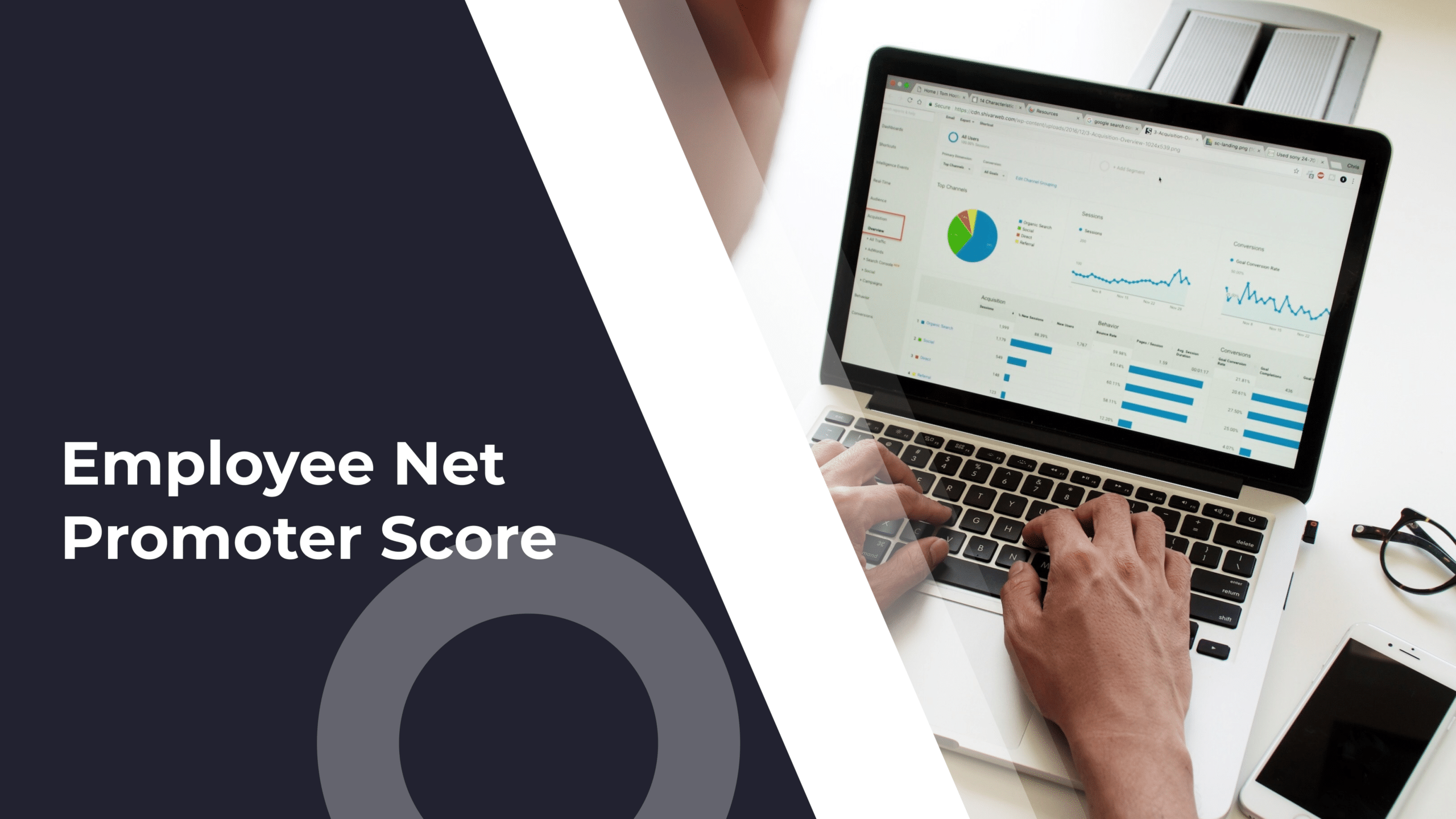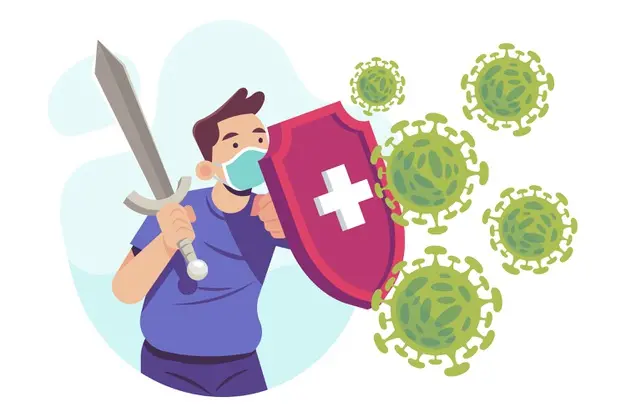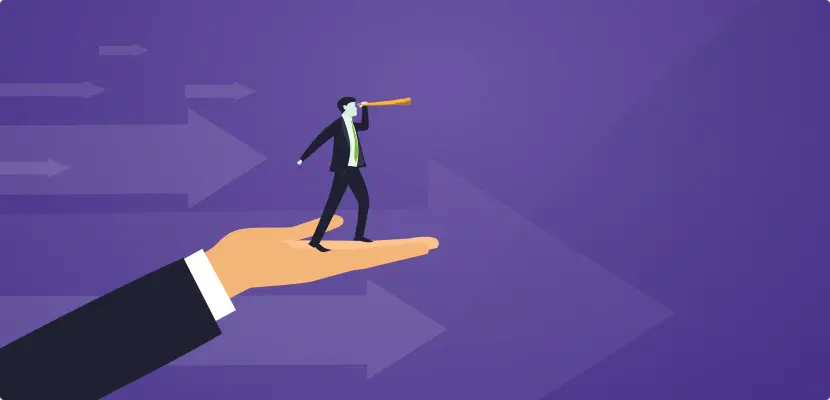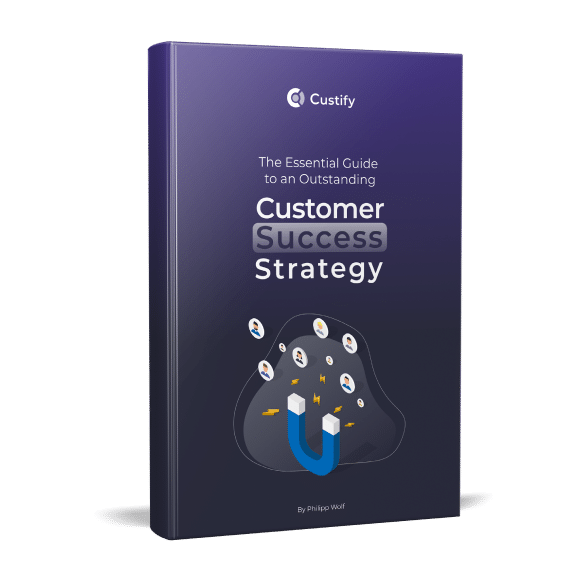Customer retention is a game changer for SaaS companies. While attracting new users is important, retaining existing customers often has a greater impact on long-term success. A study by Harvard Business Review reveals that increasing retention rates by just 5% can result in a profit boost of 25% to 95%. This is especially critical for SaaS businesses, where the subscription-based revenue model thrives on loyal, recurring customers and faces the constant challenge of churn.
Imagine this scenario: A growing SaaS company pours resources into acquiring new users, but six months later, 40% of them churn. Their customer acquisition costs (CAC) keep rising, and revenue growth stalls. Now compare that to a company that invests in retention—streamlining onboarding, proactively supporting users, and continuously optimizing their experience. Their churn rate drops, customer lifetime value (CLV) increases, and they achieve sustainable growth without an ever-growing marketing budget.
To illustrate, Slack effectively reduced churn by implementing a viral loop strategy—encouraging teams to invite colleagues, integrating seamlessly with workflows, and focusing on early feature adoption. By combining a smooth onboarding experience with data-driven engagement, they turned users into enthusiastic brand advocates.
This article delves into actionable customer success strategies designed to improve retention, build loyalty, and drive sustainable growth for SaaS companies.
Understanding Customer Retention
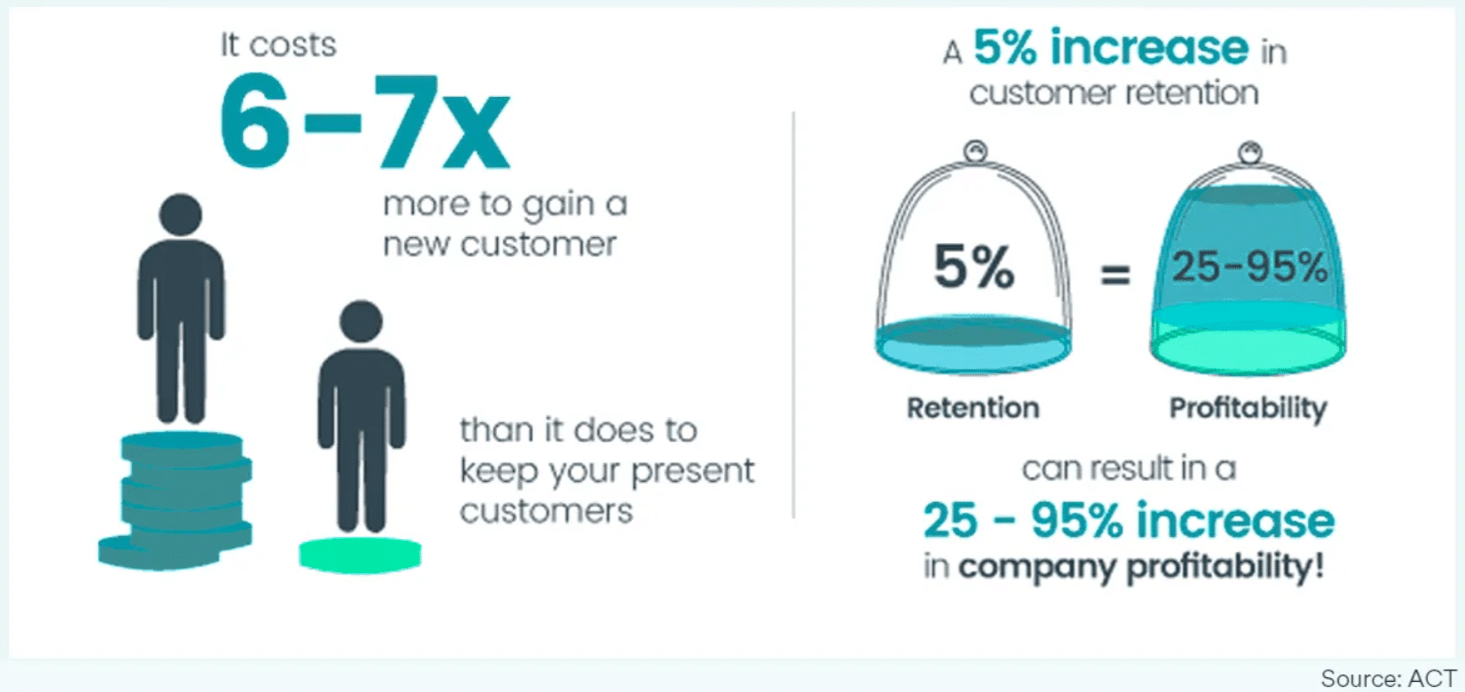
Source: Harvard Business School
Customer retention isn’t just about keeping users—it’s about nurturing relationships that create long-term value for both the customer and the company. Successful retention strategies help businesses maximize customer lifetime value (CLV) while reducing churn.
Studies show that acquiring a new customer can be up to five times more expensive than retaining an existing one. Not only does retention save costs, but it also directly impacts revenue—loyal customers tend to spend more, refer others, and provide invaluable feedback that helps improve the product.
The SaaS Retention Pyramid
To improve retention, SaaS businesses should focus on three key pillars:
1️⃣ Engagement: Ensuring customers actively use and find value in your product.
2️⃣ Expansion: Encouraging upsells, cross-sells, and deeper product adoption.
3️⃣ Advocacy: Turning satisfied users into evangelists who refer others.
For example, HubSpot improved retention by introducing personalized onboarding paths and proactive customer success initiatives. They tracked user behavior and triggered automated outreach when customers underutilized features, leading to a 30% increase in retention rates.
The best way to understand customer retention is by measuring key indicators that reveal how well your strategy is working:
- Churn Rate: The percentage of customers leaving over a specific period.
- Customer Lifetime Value (CLV): How much revenue a customer generates before churning.
- Net Revenue Retention (NRR): The percentage of revenue retained after accounting for both expansion and churn.
- Product Adoption Rate: How frequently users engage with core features.
Notion’s Data-Driven Retention Approach
Many SaaS companies improve retention by leveraging customer data to enhance user engagement. Notion, a popular productivity tool, analyzes user activity to personalize in-app education. If a user isn’t fully utilizing key features (such as templates or integrations), Notion triggers targeted tooltips, guides, and email nudges to encourage deeper engagement.
This prevents churn by helping users find value before they disengage, ensuring long-term product adoption. This approach is particularly effective in B2B SaaS, where product complexity can lead to churn if users don’t quickly grasp the full benefits.
Retention isn’t just about the numbers—it’s about fostering trust and creating a community around your brand. When SaaS companies proactively engage customers, deliver personalized value, and listen to feedback, they transform users into long-term advocates who drive sustainable growth.
The Role of Customer Success in Retention and Growth
Customer success is the backbone of subscription-based SaaS growth. Rather than merely resolving support tickets, a robust customer success strategy ensures customers continuously extract value from your product, leading to improved retention and increased recurring revenue.
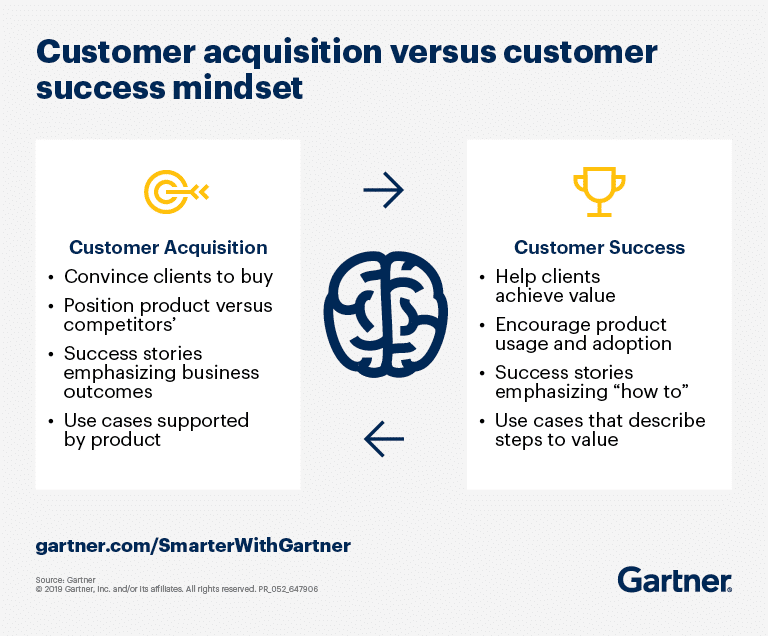
How Customer Success Transforms Retention and Growth:
- Proactive Engagement for Long-Term Loyalty:
– Regular Health Checks: By continuously monitoring customer activity, CS teams can detect potential issues before they escalate. Utilizing a dedicated customer success platform like Custify can streamline this process by aggregating usage data and flagging early warning signs.
– Tailored Success Plans: Customized strategies based on individual usage patterns ensure customers achieve their goals and remain engaged. A CS platform helps deliver these insights in real time, allowing teams to design success plans that truly resonate with each customer’s journey.
– Ongoing Education: Providing timely training and resources empowers customers to fully leverage the product. Tools like Custify integrate educational content with customer data, ensuring that every outreach is both personalized and actionable—reducing churn and driving long-term loyalty. - Driving Subscription Growth:
– Upselling and Cross-Selling Opportunities: When customers realize the full value of your product, they’re more likely to upgrade their plans or add new features. By leveraging data from a good customer success tool, teams can identify the perfect moments for upselling or cross-selling, fueling subscription growth.
– Building a Referral Engine: Satisfied customers become brand advocates, recommending your solution to peers and generating organic, low-cost growth.
– Reducing Churn: Proactive outreach and personalized interventions turn at-risk accounts into success stories, directly boosting net revenue retention. By integrating a customer success platform like Custify into their workflow, CS teams gain a comprehensive view of customer health, enabling them to act swiftly and reduce churn effectively.
For example: Zendesk’s customer success team uses health scoring to pinpoint users who may be at risk of churning. By initiating targeted, personalized outreach, they not only reduce churn but also uncover opportunities for upselling additional features or services. This proactive model transforms potential losses into opportunities for subscription expansion and growth.
- Leveraging Emerging Trends:
– Automation & AI-Driven Insights: Modern customer success tools enable scalable, personalized outreach. AI-powered platforms predict potential churn and suggest timely interventions, ensuring every customer feels valued and guided toward success.
– Data-Driven Decision Making: Integrating customer success metrics with financial performance data using a customer success platform like Custify helps align retention efforts directly with revenue growth targets, making it easier to measure and optimize the impact on subscription growth.
In essence, customer success isn’t just a support function—it’s a strategic growth engine for SaaS companies. By proactively engaging customers, delivering personalized value, and turning success into a continuous journey, businesses not only maximize retention but also transform satisfied users into loyal advocates who drive subscription growth and sustainable long-term revenue.
Key Strategies for Maximizing Customer Retention
Successful customer retention requires implementing thoughtful strategies that not only keep your customers engaged but also foster long-term loyalty. Below are some key approaches to achieving that:
Onboarding with Impact
A strong onboarding process sets the stage for long-term retention. Many users decide whether to continue using a SaaS product within the first 30 days, making early engagement crucial.
Key Onboarding KPIs to Track:
- Time-to-First Value (TTFV): How quickly users experience the product’s core benefits.
- Activation Rate: The percentage of users completing essential onboarding steps.
- Feature Adoption Rate: How frequently users engage with the platform’s key features.
- First-Time User Success Rate: The percentage of new users who achieve a defined success milestone during their initial interaction with the product.
Measuring onboarding success is just as important as executing it. Key performance indicators (KPIs) explained below:

Example:
Slack accelerates onboarding with an interactive tour that guides new users through setting up their workspace, reducing friction and shortening the time it takes for teams to see value. Moreover, by integrating milestone emails and in-app checklists, Slack not only improves activation and feature adoption but also boosts the first-time user success rate—ensuring that a significant portion of new users reach their initial success milestones, which further drives long-term retention and satisfaction.
A well-designed onboarding process combined with continuous learning opportunities transforms new users into confident, engaged customers. This proactive approach lays the foundation for higher retention rates and a more loyal customer base.
Personalized Customer Interactions
Today’s customers expect experiences tailored to their unique needs and preferences. Personalization transforms a standard interaction into a meaningful experience by using data—such as a customer’s name, historical usage, and previous interactions—to deliver targeted advice and support.
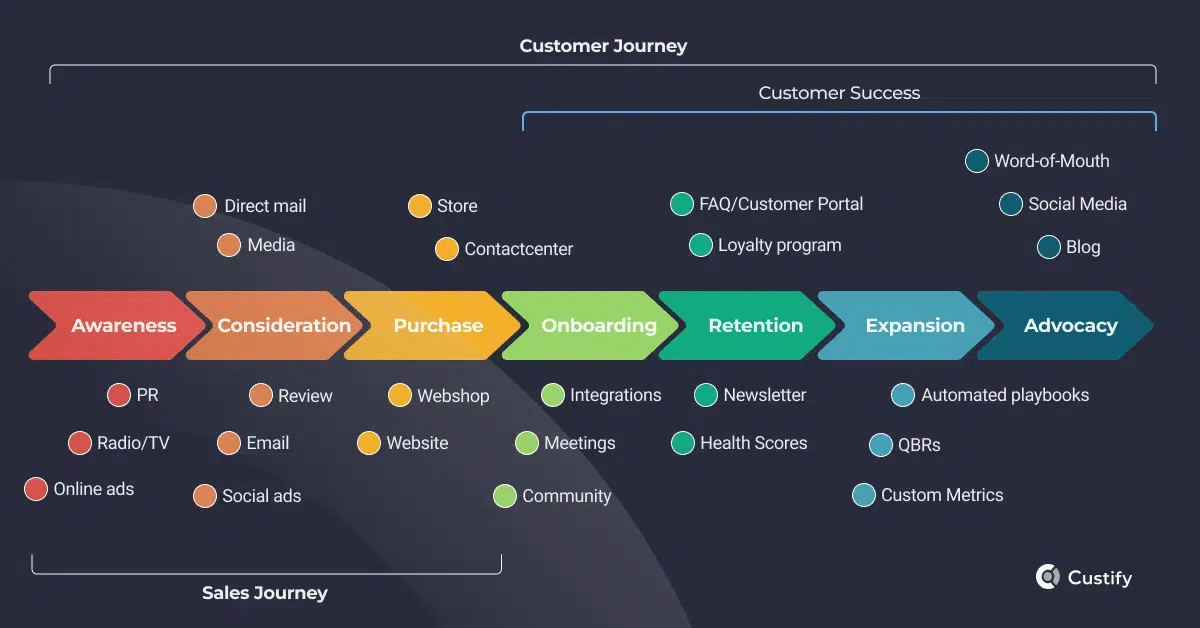
Key Points:
- Tailored Messaging: From the initial welcome to ongoing support, personalized content (e.g., targeted suggestions based on past behavior) makes customers feel valued.
- Dynamic Product Features: In SaaS, personalization extends beyond messaging. Custom dashboards, role-specific interfaces, and behavior-driven triggers can significantly enhance the user experience.
- Leveraging Technology: Tools such as AI-driven recommendation engines and advanced CRM systems (like Salesforce’s AI-powered Einstein) are vital. These solutions help deliver personalized emails, track user behavior, and trigger alerts that prompt users to engage with specific features.
Example:
A project management tool like Monday.com dynamically customizes its dashboard based on the user’s role, preferences, and historical usage, allowing users to focus on the features that matter most to them. Additionally, by integrating AI-driven insights, such platforms can suggest next actions in real time, further enhancing engagement and product adoption.
By embracing personalization at every touchpoint, SaaS businesses not only improve engagement and feature adoption but also build deeper relationships that foster loyalty and long-term retention.
Proactive Customer Support
Allowing customers to only reach out when issues occur can lead to dissatisfaction and increased churn. In contrast, proactive customer support addresses potential issues before they grow, ensuring customers continuously see value in your product—which is critical for maximizing subscription retention and growth.
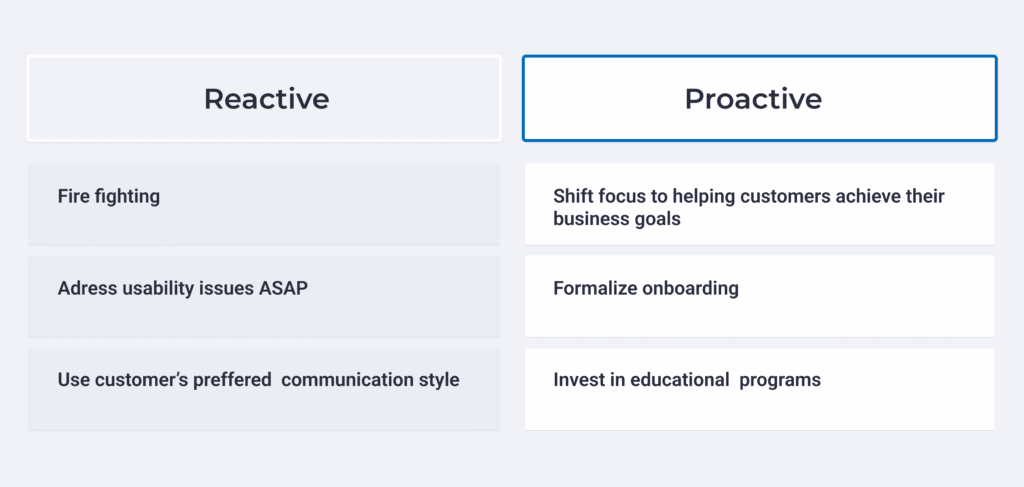
Key Elements of Proactive Support for Retention:
- Early Detection:
– Behavioral Monitoring: Use data analytics to identify warning signs—such as reduced logins or abandonment of key features—that may indicate a customer is at risk of churning.
– Automated Alerts: Set up triggers that notify your team when customer engagement dips. - Timely Interventions:
– Personalized Outreach: When potential issues are detected, reach out with targeted advice or assistance. This might involve proactive emails, in-app messages, or direct calls from your Customer Success team.
– Transparency and Communication: Inform customers ahead of time about potential service disruptions or planned maintenance. For instance, Buffer regularly notifies users about scheduled downtime, which helps manage expectations and fosters trust. - Utilizing Support Tools:
– Platforms like Zendesk or Intercom allow you to monitor usage patterns and trigger support messages when needed, ensuring you address concerns before they escalate.
Example:
Intercom exemplifies proactive support by using behavioral triggers to detect disengagement. When a customer’s activity drops, Intercom automatically sends a message offering help or guidance. This approach not only resolves issues before they become critical but also reinforces that customers are valued, directly contributing to higher retention and subscription growth.
By proactively monitoring customer behavior and initiating early, personalized interventions, SaaS companies can reduce churn, boost customer confidence, and drive long-term subscription growth. This strategy demonstrates a strong commitment to customer success, ensuring that users remain engaged and ultimately become advocates for your brand.
Rewarding Customer Loyalty
Customer Success teams play a pivotal role in cultivating loyalty that drives subscription growth. By proactively rewarding customer loyalty, CS teams not only reduce churn but also transform satisfied users into passionate advocates. Research from Bain & Company reveals that even a modest 5% boost in retention can increase profits by 25% to 95%, emphasizing the powerful impact of effective loyalty strategies at the CS level.
How CS Teams Can Reward Customer Loyalty:
Develop Personalized Reward Programs:
CS teams can create and manage reward initiatives tailored to individual customer journeys. For example, by tracking usage patterns and engagement metrics, they can identify customers who consistently exceed milestones and offer them exclusive benefits—such as early access to new features or personalized training sessions. This targeted approach, similar to how HubSpot customizes its onboarding experiences, ensures that rewards are meaningful and directly linked to customer success.
Incentivize Continued Engagement through Direct Outreach:
Instead of waiting for customers to flag issues, CS teams can proactively reach out with personalized incentives. For instance, when a customer renews their subscription, a CS representative might follow up with a thank-you call and offer additional perks, such as priority support or a complimentary consultation on advanced product features. These actions reinforce the customer’s decision to stay and increase their lifetime value.
Utilize Data-Driven Insights for Tailored Interventions:
Leveraging customer data, CS teams can segment users based on behavior and success metrics. This segmentation enables them to deploy targeted interventions—like exclusive webinars or one-on-one strategy sessions—for high-value customers. By linking these interventions to specific loyalty milestones, CS teams not only boost satisfaction but also foster long-term advocacy.
Implement Informal but Impactful Gestures:
Beyond formal reward programs, small gestures can have a big impact. CS teams can send personalized emails, handwritten notes, or even surprise perks when a customer achieves a significant milestone. These gestures, similar to Zappos’ approach, go a long way in making customers feel genuinely valued.
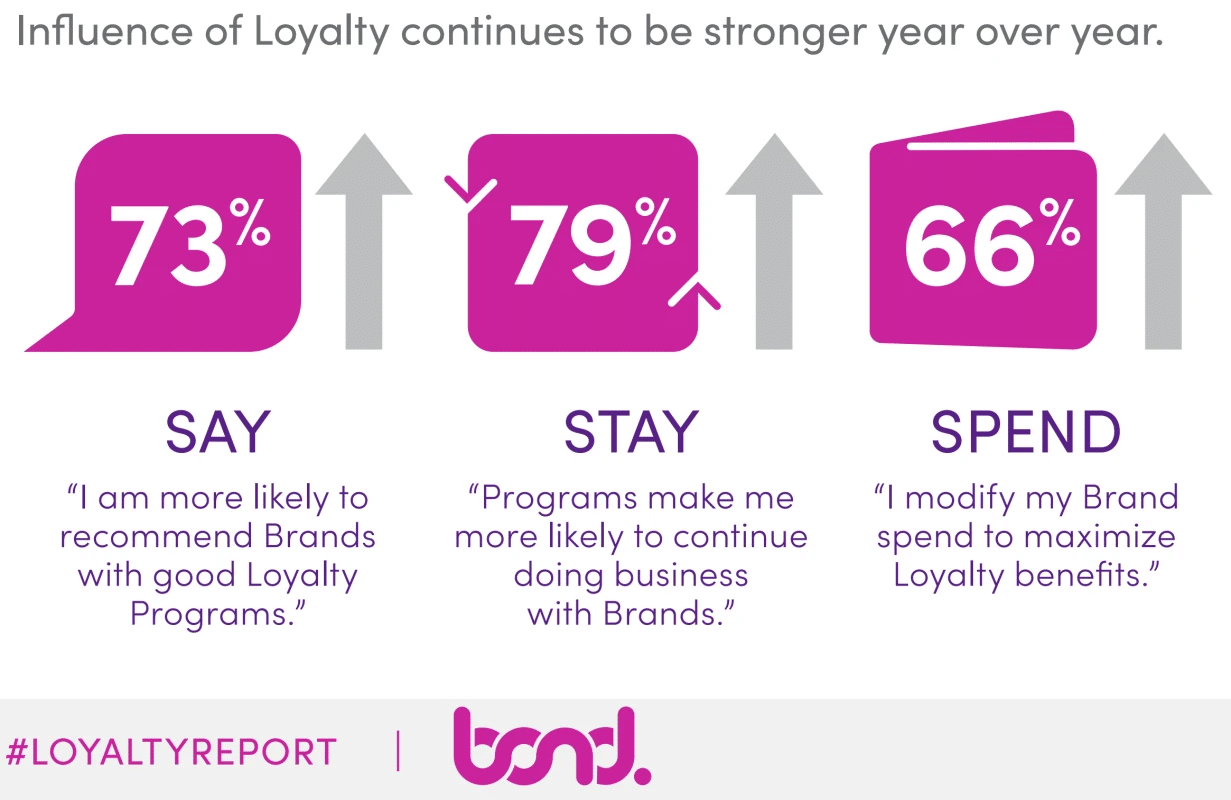
By integrating structured reward initiatives with personalized, data-driven outreach, Customer Success teams can build a strong loyalty loop. This approach not only reinforces long-term retention but also turns loyal customers into advocates—driving sustainable subscription growth and ensuring that every customer interaction adds measurable value to the business.
Gathering and Implementing Customer Feedback
Customer feedback offers a direct line to understanding what’s working and what needs improvement. By frequently surveying, reviewing, and engaging directly with customers, businesses stay close to the experiences of their users. It’s not only about gathering feedback but also about how businesses respond to it. When a company acts on customer suggestions, whether it’s tweaking a product feature or improving support resources, customers feel heard and valued, which fosters loyalty.
To effectively collect feedback, companies should implement these strategies:
- NPS (Net Promoter Score) Surveys: These short surveys gauge customer satisfaction and loyalty.
- In-app Feedback Forms: Embedded in the product, these forms allow customers to easily share their experiences in real-time.
- Direct Customer Interviews: Speaking with customers one-on-one provides deeper insights into user experiences and specific needs.
- Social Media Monitoring: Companies can track online discussions and feedback to stay updated on customer opinions.
After collecting feedback, businesses need to prioritize and act on it. This could mean categorizing feedback into themes (like feature requests or usability issues) and using key performance indicators (KPIs) to measure the impact of changes. Tracking metrics like time-to-resolution and customer satisfaction scores can help gauge the success of any adjustments made.
Examples of Companies Using Feedback Effectively:
- Zendesk: They use NPS surveys and direct customer feedback to continuously improve their support platform. For example, feedback about reporting features led to enhancements that significantly improved user experience and retention.
- Slack: By integrating feedback from in-app surveys and direct customer conversations, Slack refined its search features, resulting in higher engagement and user retention.
Businesses can also foster loyalty by communicating how customer feedback leads to tangible improvements. Keeping customers in the loop shows that the company values their input and is committed to delivering a better experience.

Incorporating feedback effectively leads to a more engaged customer base and improved long-term retention.
Final Words
SaaS customer retention is all about building strong relationships and consistently delivering value. It’s not just about reducing churn; it’s about turning casual users into loyal advocates. To do this, companies need to integrate customer success into their core strategy. This includes implementing personalized onboarding, offering proactive support, and establishing continuous feedback mechanisms that foster growth and customer engagement.
As the SaaS industry continues to evolve, prioritizing customer success becomes even more critical. Companies that actively understand and address their customers’ needs tend to see better retention rates and increased customer lifetime value. By leveraging customer success tools, businesses can gain valuable insights and enhance user satisfaction, keeping customers engaged and loyal.
To make a real impact, businesses should take a hard look at their current customer success strategies. Understanding user needs and acting on them can significantly improve retention efforts. Implementing customer success software and continuously reassessing customer engagement metrics can provide the insights necessary to drive sustainable growth and loyalty.

